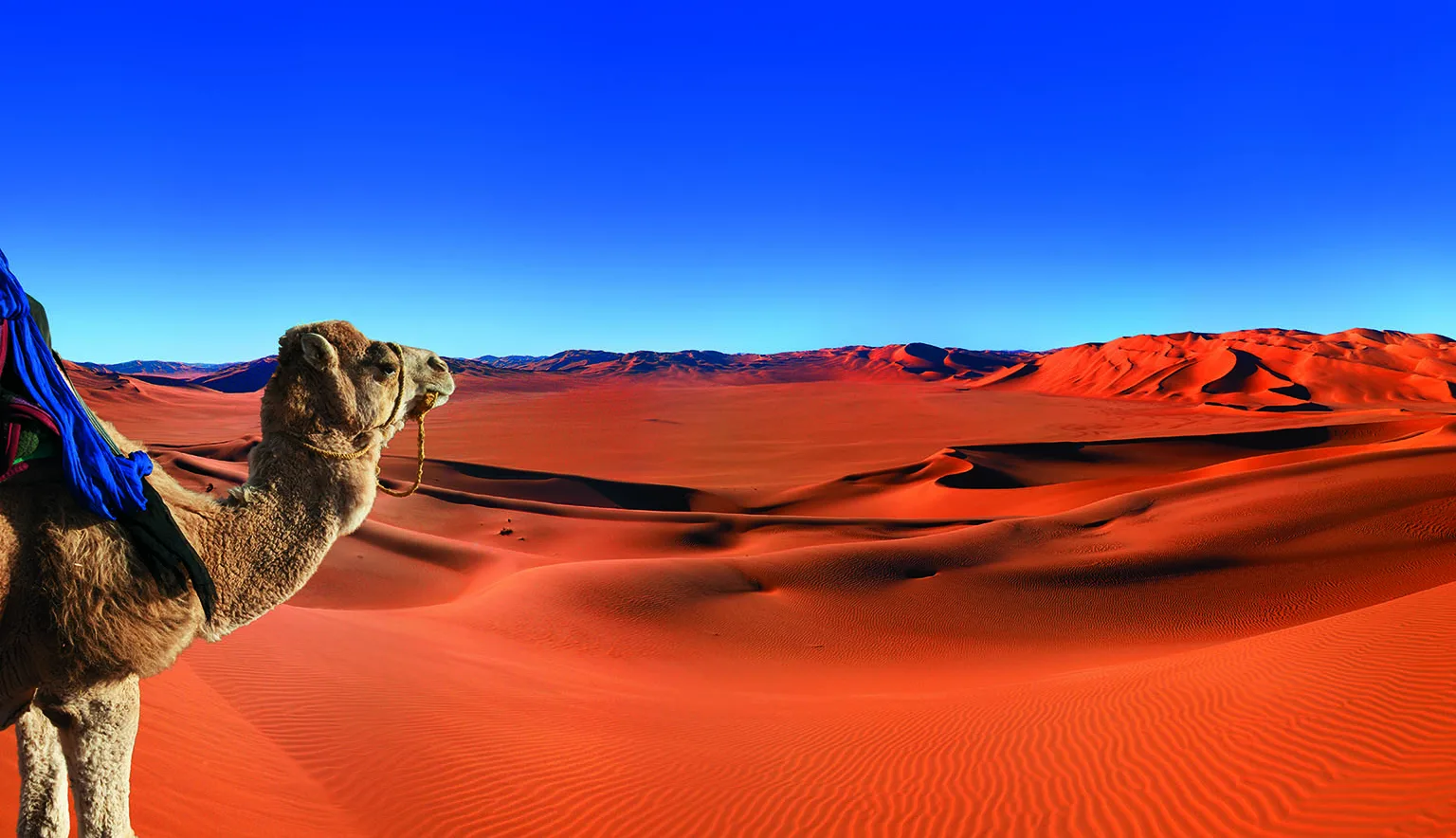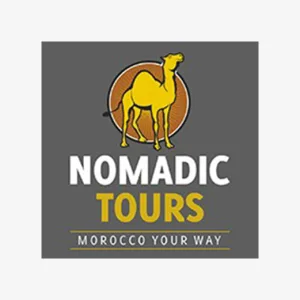At the tip of North Africa and just a stone’s throw from Spain, Morocco’s endless stretches of red sandy desert, sea-lapped shores, and majestic mountains combine to present a multifaceted landscape where adventure and intrigue await.
MOROCCO
Amazigh, Arabic, African, Jewish, and Mediterranean cultures collide beneath the scorching skies of Morocco, where world-famous cuisine, historic charm, and nine UNESCO World Heritage Sites come together to offer a unique and affordable travel alternative to neighbouring Europe.
The vibrant cities of Marrakech, Fes, and Casablanca are steeped in antiquity, each featuring a traditional walled old town or ‘medina’ with winding streets revealing colourful textile markets, spectacular zellige-tiled terraces, mouthwatering street food, and breathtaking architecture at every turn.
Meanwhile, the incredible natural phenomenon of the world’s largest hot desert, the Sahara, sees undulating dunes of dark red sand stretch far beyond the eye can see, where adventurous pursuits include camel trekking, sandboarding, or quad biking across the vast plains.
As night falls, stretch out beneath cloudless, inky night skies to gaze at the bright stars above before spending the night in a traditional Bedouin tent, comforted by the hospitality and delicious food of the local Amazigh people.
Elsewhere, the towering Atlas Mountains, which cut a jagged course through the northeast of the country to separate the arid desert from the Mediterranean Sea, present a challenging hike for even the most accomplished explorer. Those who reach the summit of Jebel Toubkal, Morocco’s highest point, at sunrise are rewarded by panoramic views of cloud-piercing peaks, tinted red by the early morning sun.
Looming over the blue city of Chefchaouen in the north, the craggy Rif Mountains offer an attractive alternative to the Atlas Mountains for those looking to combine city culture with a trekking adventure.
Relaxing on sandy shores or engaging in seaside activities is also an option in this diverse destination, where Agadir’s wide crescent bay is a popular choice for sun-seekers, and the port town of Essaouira’s strong coastal winds make for perfect kitesurfing conditions.
In short, Morocco’s variety of landscapes and cultures, along with its historic cities and endless adventures, dazzle all who set foot in this rich and captivating kingdom.
Q&A WITH THE MOROCCAN NATIONAL TOURIST OFFICE
Meryem Bennouna, Director – UK, Ireland, and Nordics at the Moroccan National Tourist Office, discusses the growth and evolution of the country’s tourism offering in recent years and how the organisation is leveraging media campaigns, market research, and industry partnerships to continue driving this trend.
Firstly, can you talk us through the mission and vision of the Moroccan National Tourist Office? What was it initially set up to achieve?
Meryem Bennouna, Director – UK, Ireland, and Nordics (MB): The Moroccan National Tourist Office (MNTO) was initially set up with the mission to position Morocco as a leading global tourism destination.
Our vision focuses on promoting the rich cultural heritage, natural beauty, and unique experiences Morocco offers to travellers from around the world.
MNTO’s key aim is to drive sustainable tourism growth, enhancing the sector’s contribution to the economy whilst preserving Morocco’s cultural and environmental assets.
How have you seen Morocco’s tourism offering evolve over the past decade?
MB: Over the past decade, Morocco’s tourism landscape has undergone significant transformation.
The country has seen a substantial increase in both international and domestic tourism, driven by improved infrastructure, enhanced air connectivity, and the diversification of its tourism products.
From adventure tourism in the Atlas Mountains to luxury experiences in cities like Marrakech and Fes, we’ve seen a shift towards offering a more comprehensive and varied travel experience that appeals to different types of travellers.
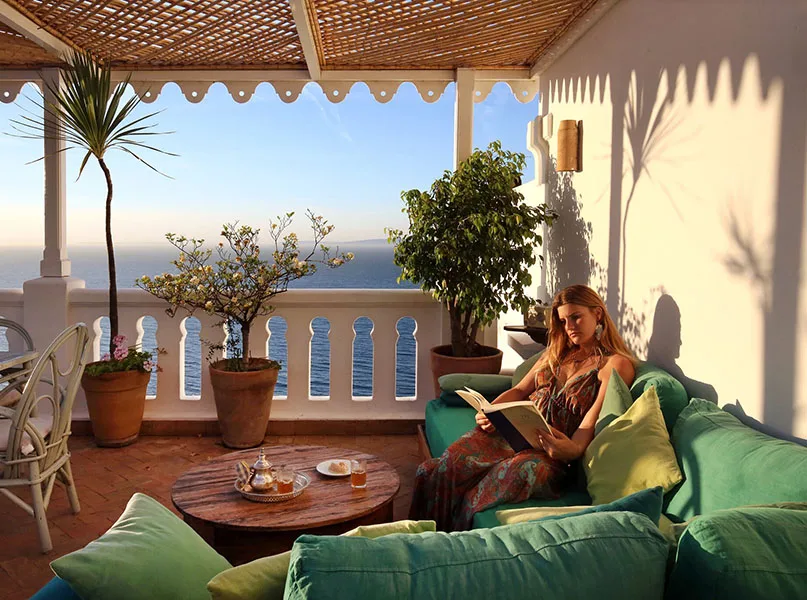
Can you tell us more about your 2023-2026 action plan, Light in Action? How does it align with the new roadmap of the Moroccan tourism sector?
MB: Light in Action is a comprehensive strategy designed to enhance the Moroccan tourism experience over the next few years.
It aligns with the broader vision of the Moroccan
tourism sector’s roadmap by focusing on key areas such
as sustainability, digital transformation, and improved tourism infrastructure.
Our focus is on enhancing the customer experience, attracting high-value tourism, and improving the quality of services in the sector.

“Our vision focuses on promoting the rich cultural heritage, natural beauty, and unique experiences Morocco offers to travellers from around the world”
Meryem Bennouna, Director – UK, Ireland, and Nordics, Moroccan National Tourist Office
What about your strategic agreement with Ryanair to develop the destination of Dakhla? What does this project entail?
MB: This project is a vital part of our strategy to enhance tourism in underrepresented regions of Morocco, with Dakhla being one of the main targets.
Our partnership with Ryanair is aimed at increasing air connectivity to this beautiful destination, positioning Dakhla as a new must-visit location for adventure tourism, water sports, and nature lovers.
This initiative will bring greater attention to the region and increase its attractiveness for both international and domestic tourists.
What studies do you undertake to form a better understanding of international tourism markets and trends?
MB: We actively conduct market research and tourism trend studies to understand the evolving preferences of travellers.
A recent example is our analysis of post-COVID-19 pandemic travel trends, where we identified a surge in demand for outdoor and ecotourism experiences.
This insight helped inform the development of our new tourism products and services, which cater to these growing preferences, ensuring Morocco remains relevant in the competitive global tourism market.
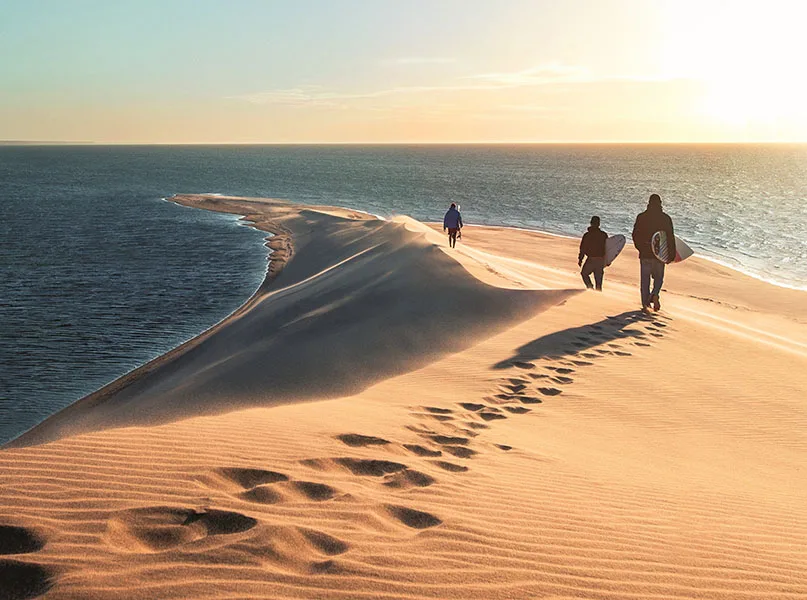
What about the Forever Marrakech campaign? How has its impactful motto and new logo depicting a rising sun forged a new identity for the city?
MB: The Forever Marrakech campaign was designed to create a fresh and modern identity for the city, encapsulating its essence as a timeless yet evolving destination.
The new logo featuring a rising sun symbolises the city’s warmth, vibrancy, and promise of endless new experiences.
By tapping into the emotional appeal of Marrakesh and refining its image, this campaign has resonated deeply with both international visitors and locals alike, reinforcing the city’s position as a must-see destination.
Morocco has recently been recognised through various awards from members of the global tourism industry. What do accolades such as these mean to MNTO?
MB: Morocco being named the Most Welcoming Destination at the 2024 World Travel Market in the UK and by the London Arabia Association at the Arab Travel Awards is a remarkable achievement for our country.
This honour reflects Morocco’s renowned warmth and hospitality, as well as the commitment of our tourism industry to providing outstanding service to travellers.
Receiving such a recognition on a global platform is a significant honour as it underscores Morocco’s reputation as a top destination that makes visitors feel at home.
This accolade strengthens our position as a leading travel destination and inspires us to continue improving the tourism experience for all who visit.
Finally, are you optimistic about the future of the tourism industry in Morocco?
MB: Absolutely! We are optimistic because Morocco continues to attract a diverse range of travellers and offers experiences that appeal to a wide audience.
With ongoing investments in infrastructure, the development of new tourism products, and a strategic focus on sustainability, we are confident Morocco will continue to thrive as a leading global destination for years to come.

OUTLOOK RECOMMENDS
Eat:
For an opulent experience…
Situated within the grand Royal Mansour Marrakech, La Grande Table Marocaine offers an exceptional gastronomic experience.
Under the guidance of Michelin-starred chef Hélène Darroze and her protégé, Karim Ben Baba, the restaurant presents refined interpretations of classic Moroccan dishes.
The elegant setting features high ceilings, original artwork, and live traditional music, creating an ambience worthy of its status as a member of Les Grandes Tables du Monde – an association featuring some of the world’s most prestigious restaurants.
For traditional cuisine…
For an authentic and local dining experience in Casablanca, Al Mounia is highly recommended. Well-regarded for its traditional cuisines, such as sh’hiwates, pastilla, and couscous, and set in a traditional Moroccan house, the restaurant has earned its reputation as one of the oldest and most famous in the city and lovingly prepares each dish with fresh, locally sourced ingredients.
The decor is designed to ooze the essence of Morocco, featuring intricate mosaics, plush seating, and an atmosphere of warmth and hospitality.
Sleep:
For elegant accommodation…
For a desert hideaway…
Overlooked by the Atlas Mountains and fringing the Moroccan desert, Dar Ahlam’s 14-suite kasbah offers simple luxury and tasteful, organic decor.
As an actively sustainable hotel, Dar Ahlam has been thoughtfully constructed from local materials such as adobe, bamboo, and olive wood, whilst the on-site restaurant utilises organically sourced ingredients.
To soak up the beauty of the local surroundings, guests are invited to escape into the wilderness and embark on a night beneath the stars from the privacy of Dar Ahlam’s luxury Bedouin tents.
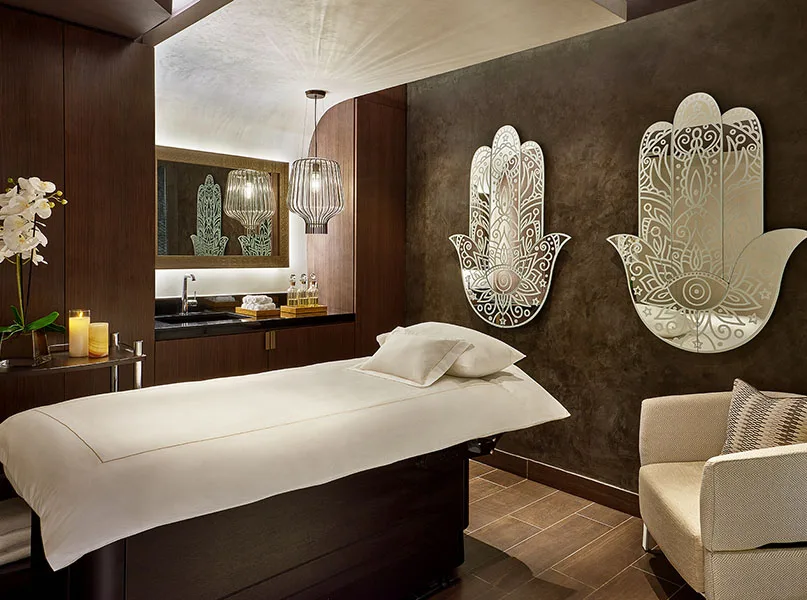
Do:
For tours with a personal touch…
Nomadic Tours is a UK-based specialist operator with over 27 years of experience in offering authentic, small-group journeys across Morocco.
Itineraries range from cultural explorations in Marrakech and Fes to camel treks in the Sahara, each considerately curated to suit the needs of solo travellers, families, and groups seeking immersive experiences.
The company is fully affiliated with ABTA, ATOL, and AITO, and each tour is led by a dedicated English-speaking Moroccan guide – many of whom are deeply connected to the communities in which they operate.
A portion of each booking supports the Ait Ouhem Association for Development, a local organisation that empowers young girls in the High Atlas Mountains through education.
With carefully thought-out tours available to accommodate both smaller and larger groups, Nomadic Tours offers a personable and reliable way to discover Morocco’s rich heritage and landscapes.
MOROCCAN GASTRONOMY IN FOCUS
Morocco’s history and culture are most aptly reflected in its food, which fuses the bold and vivacious flavours of the country’s Arab, Mediterranean, and French influences, extending far beyond the typical.
From bustling street stalls to elegant riads, the country’s culinary landscape is a delight that even the most discerning food enthusiast will enjoy exploring.
At the heart of Moroccan cooking is the tagine – a slow-cooked stew prepared in a traditional conical clay pot. Popular variations include chicken with preserved lemons and olives, lamb with prunes, and kefta (spiced meatballs) simmered in a zesty tomato sauce. The seasoning blend, ras el hanout, combines 12 spices and imparts the dish with an aromatic, complex depth of flavour.
Couscous, or seksu, is Morocco’s national dish, traditionally served on Fridays. The preparation involves steaming semolina granules for up to five hours, which results in a light and fluffy base. Typically accompanied by a medley of vegetables or meat all drenched in a flavourful broth, it’s no wonder seksu is a firm favourite amongst locals and travellers alike.
Marrakech’s Jemaa el-Fnaa square comes alive at night with an array of street food vendors. Here, you can savour brochettes (grilled skewers of spiced meat), babouche (snails in a spiced broth), and sfenj (Moroccan doughnuts), often enjoyed with a cup of mint tea, affectionately dubbed ‘Berber whiskey’ by locals. For those with a more adventurous palate, delicacies such as camel spleen and sheep brain are also on offer.
Moroccan pastries, meanwhile, are a testament to the country’s rich dessert heritage. Chebakia, a sesame and honey pastry flavoured with anise and saffron, is especially popular during Ramadan.
Whether dining in a luxurious restaurant or sampling vibrant street food, Morocco’s culinary offerings promise an unforgettable experience that reflects a rich cultural tapestry.
LANDMARK ATTRACTIONS
Chefchaouen
A blend of Moroccan and Andalusian influences, Chefchaouen is nestled in the Rif Mountains, two hours south of Tangier. So-called for the brilliant hue adorning most of its buildings, the ‘blue city’ is undoubtedly one of the country’s prettiest. Visitors frequent Chefchaouen to explore its souks (markets) and winding cobalt streets, whilst it is also becoming an increasingly popular spot amongst social media influencers.
Ouzoud Waterfalls
A multi-tiered cascade located in the Atlas Mountains, the Ouzoud Waterfalls are the tallest in Morocco and are known for their impressive beauty and height, with the largest drop at 110 metres. The lush greenery surrounding the falls, including olive trees, is an unusual landscape to behold in the arid country, and tourists enjoy taking short boat trips around the bottom of the falls to absorb the beauty.
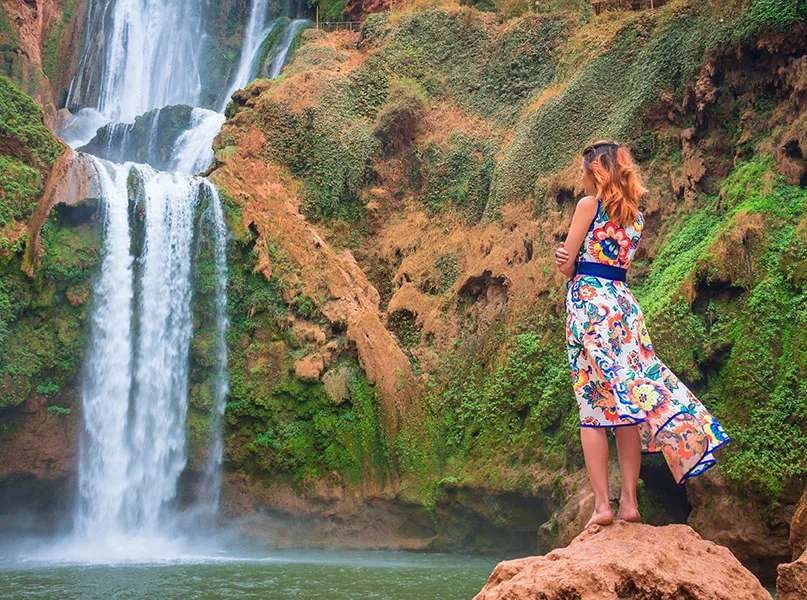
Chouara Tannery
In operation since the 16th century, the medieval Chouara Tannery in Fes’ oldest historic quarter, Fes el-Bali, is a sight to behold. Early each morning, the vast grid of stone tanning pits becomes awash with naturally coloured dyes as local leathermakers soak raw hides and leather goods for sale at the shops that frequent the area. Many tourists watch from the surrounding terracotta roof terraces overlooking the tannery.
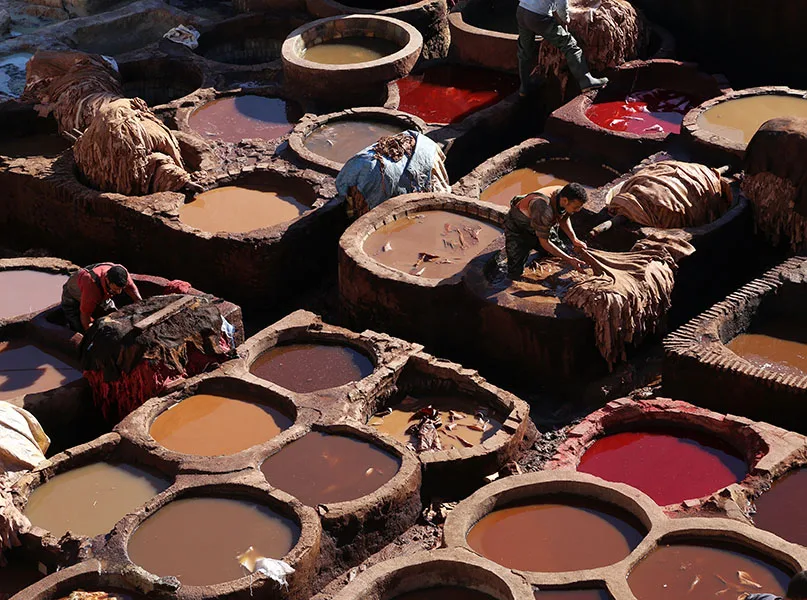
GETTING THERE AND AROUND
Travelling to Morocco from most parts of Europe is straightforward, with multiple options available to suit various preferences and budgets. Direct flights from major European airports – such as London Heathrow (LHR), Paris Charles de Gaulle (CDG), and Lisbon (LIS) – connect to Marrakech, Casablanca, and Agadir.
It is also possible to take a ferry from various ports in the south of Spain to Morocco. Routes range from a short crossing from Algeciras to Ceuta in around one hour, and Almería to Melilla, which takes six hours. With almost 50 crossings per day from a range of different providers, accessing Morocco via ferry is becoming an increasingly popular alternative to flying. The Port of Tanger Med, meanwhile, connects Morocco to Algeciras, Tarifa, and Motril in Spain and is considered the leading maritime hub in Africa and the Mediterranean basin.
Most European citizens can enter Morocco without a visa for stays of up to 90 days, but it’s still essential for all travellers to obtain an entry stamp upon arrival to avoid complications when departing.

Once you’ve arrived, Morocco boasts a diverse range of transportation options to help you explore its vast landscapes and bustling cities. The Office National des Chemins de Fer (ONCF) national rail service connects major cities on services such as the high-speed Al Boraq train, which links Tangier to Casablanca in just over two hours.
Within Moroccan cities, taxis of various sizes are prevalent, whilst ride-hailing services from Careem and InDrive also operate in Casablanca and the capital of Rabat. For more remote areas, renting a car or utilising local bus services can be advantageous.
In summary, Morocco’s accessible entry points and comprehensive transportation networks mean the country is well-equipped to facilitate the exploration of its rich and diverse landscapes.


